interview
SANDER KUIPERS
collage artist
︎ De Wijk/The Netherlandsjanuary 15, 2020
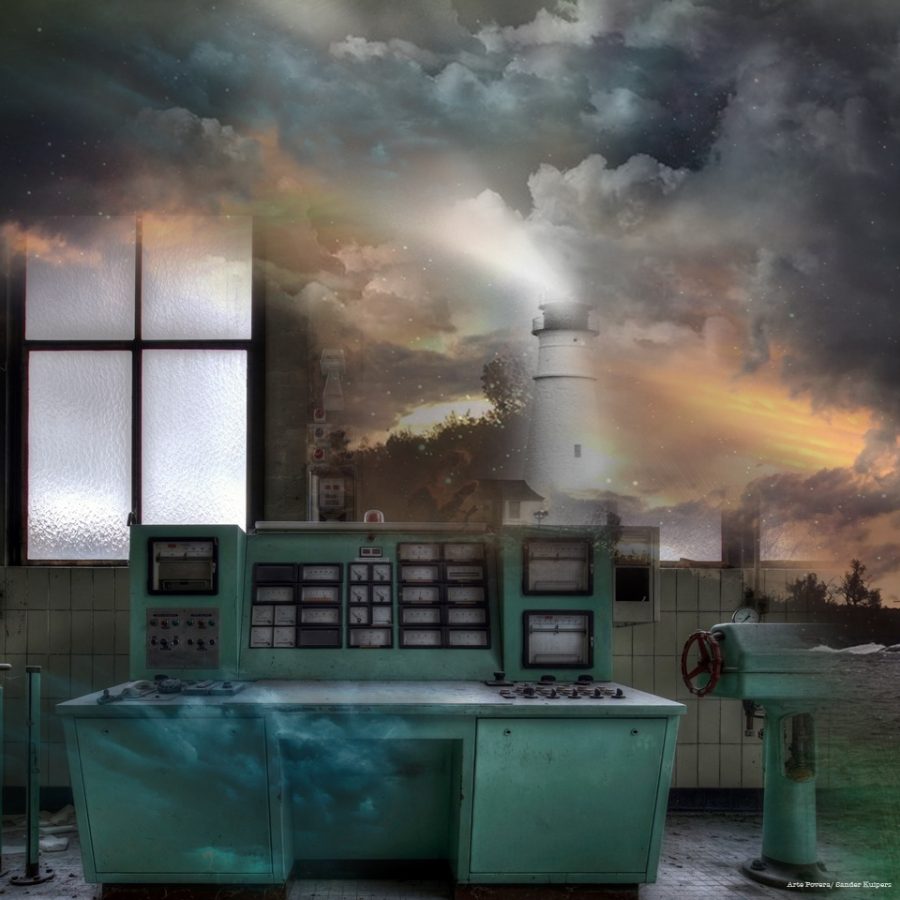
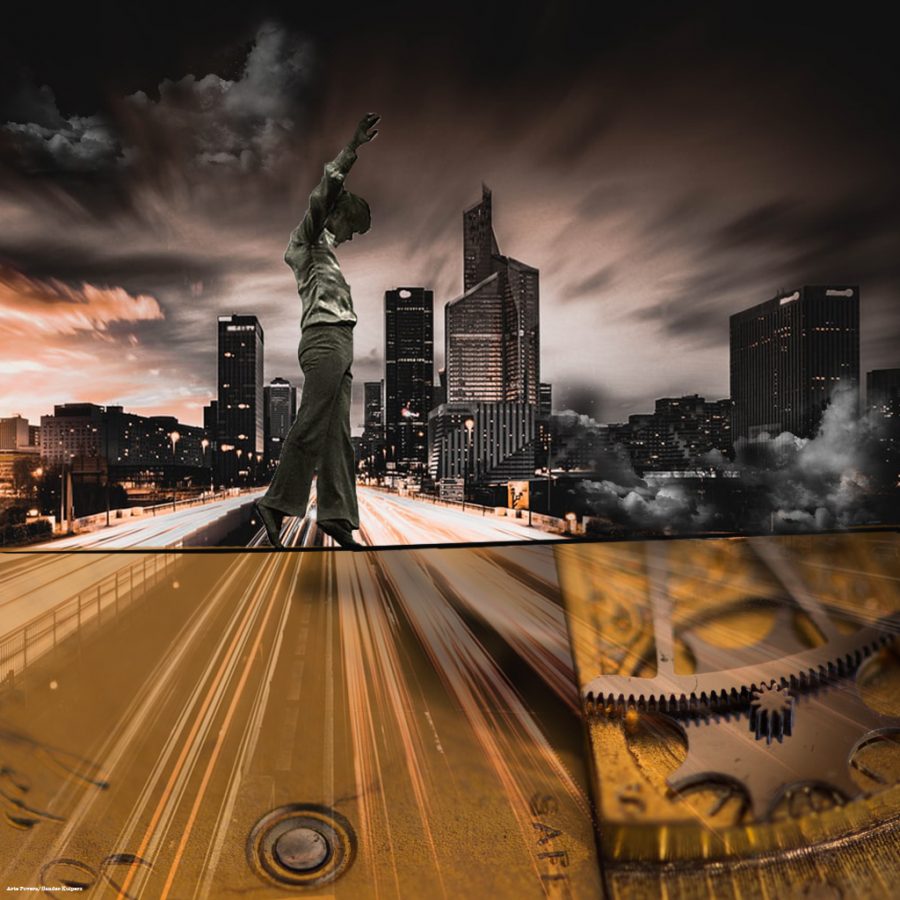
Could you introduce yourself a little? Where did you grow up? What were your first art experiences?
My name is Sander Kuipers, living in The Netherlands. I was born in the Sixties, a child of the Seventies and raised in the punkrock counterculture of the early Eighties. I grew up in a rustic village out in the countryside. Raised in a cultural family that traveled a lot. I used to be quite a sportive guy: an upcoming athletic talent in javelin throw (!) and decathlon, considered to be the next “Track and Field Champion“- if I only hadn’t discovered this brandnew energetic movement which hit me in 1977: Punkrock!
Both musically and in the way they looked: pure magic for a twelve year old. The raw energy, appearance, the expression and ‘graphic language’ that came along with it. As a result I joined a band, wrote lyrics, poems, started graffitti, stencil art and cutting out crazy collages. I ended up creating, designing, publishing, and distributing our own punk-zine. Got me selected to art school. I Gave it a try - but was too obstinate to fit in...
What happened after you quit art school?
After these initial artistic adventures, I stayed in the underground music scene in the Netherlands for nearly 40 years . Got a job as a teacher at a school for children with learning dissabilities and special needs. On top of that I was co-founder and graphic designer of several skate-, surf-, and snowboard brands before Lyme Disease took a hold on things. After quite some years in decline, Artepovera.nl was born. An independent multimedia platform. An aftermath and transformation of a lifelong span cutting and pasting, mixing media and designing dreamscapes.

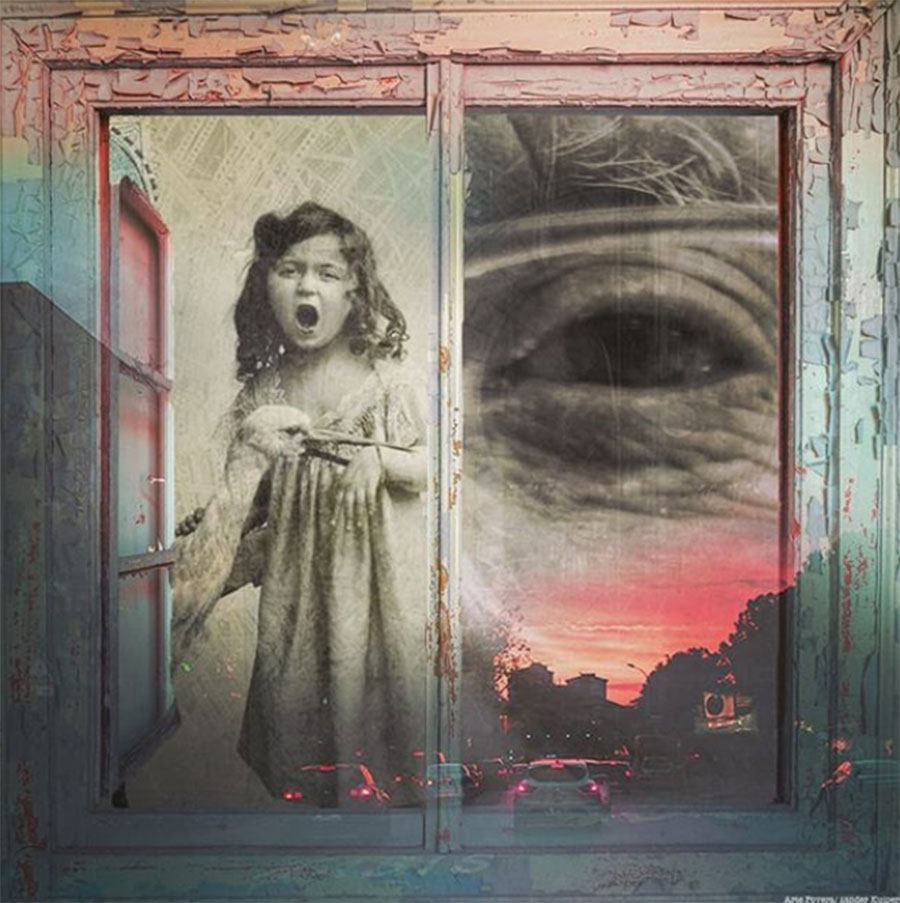
You say you are influenced by punk rock and the counterculture of the 80s. What exactly attracted you to it? And who?
Punk gave birth to an art movement that was little appreciated at the time, but soon became influential around the globe. It revolutionized design in ways whose influence is still felt today, and reflected the consciousness of a counterculture with a clarity seldom seen since. Besides the magic of the fast, loud and angry music I instantly got drawn towards the looks, expression and ‘graphic language’ that came along with it. A raw mix of black and white Dadaism, disturbing Weltschmerz, social criticism. Contagious energy all packed together, ready to explode.
My visit to Diana Ozon’s “Gallery Anus” in Amsterdam was the game changer. Diana was an artist, writer, poet, spokeswoman, DIY role model, hairdresser, and publisher of “Koekrant”- the biggest independent punk magazine of the Netherlands.
On top of that, the squatted gallery was heavily decorated by “stencil king” Hugo Kaagman – who turned out to be a tutor and big inspiration for Banksy. Needless to say, we were totally blown away. This was the onset of my artistic career. You don’t have to be educated to create: anyone can be an artist!
You were involved in publishing Ratdraaierszzz, a punk zine, in the early 80s. Can you tell us a little bit about it?
Ratdraaierszzz was a completely D.I.Y. black and white xerox zine which I made with a close friend . It was released between 1980 and 1983 and was available in all the independent bookshops in the Netherlands. Each issue was different: music reviews, comic strips, band interviews, artivism, poetry, collageworks. Anyone could contribute. Low budget. Sold the magazine for 1 gulden, which would be 40 eurocents today.
That was decidedly pre social media, digital camera and Photoshop. What was the process like to create a magazine at the time?
We used a typewriter, collages, cartoon drawings, hand-lettering, rub-down lettering, and graffiti stencils to create the black and white A4 sized originals. Once folded and put into place it became the A5 zine. Source materials consisted of newspaper headlines, pictures, ads or magazines. We collected and used the most provocative or humorous parts. Adding handwritten or typewriter texts. Did some retouching with fine liner and finalized the pages with spray-paint, Indian ink or drawings. Mixed media ‘Avant la lettre’. The stencil machine at a local youth centre was the way to duplicate it, because photocopy was too expensive in these days. We took the bus or train to get the Ratdraaierszzzzine to the shops.
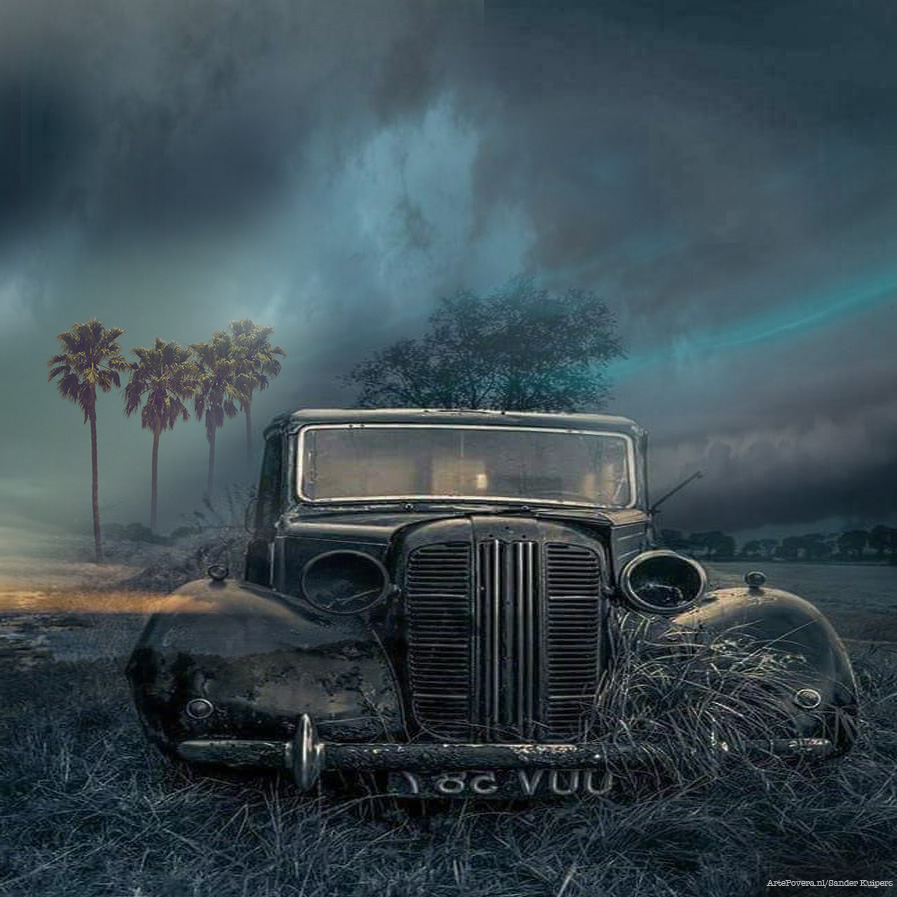
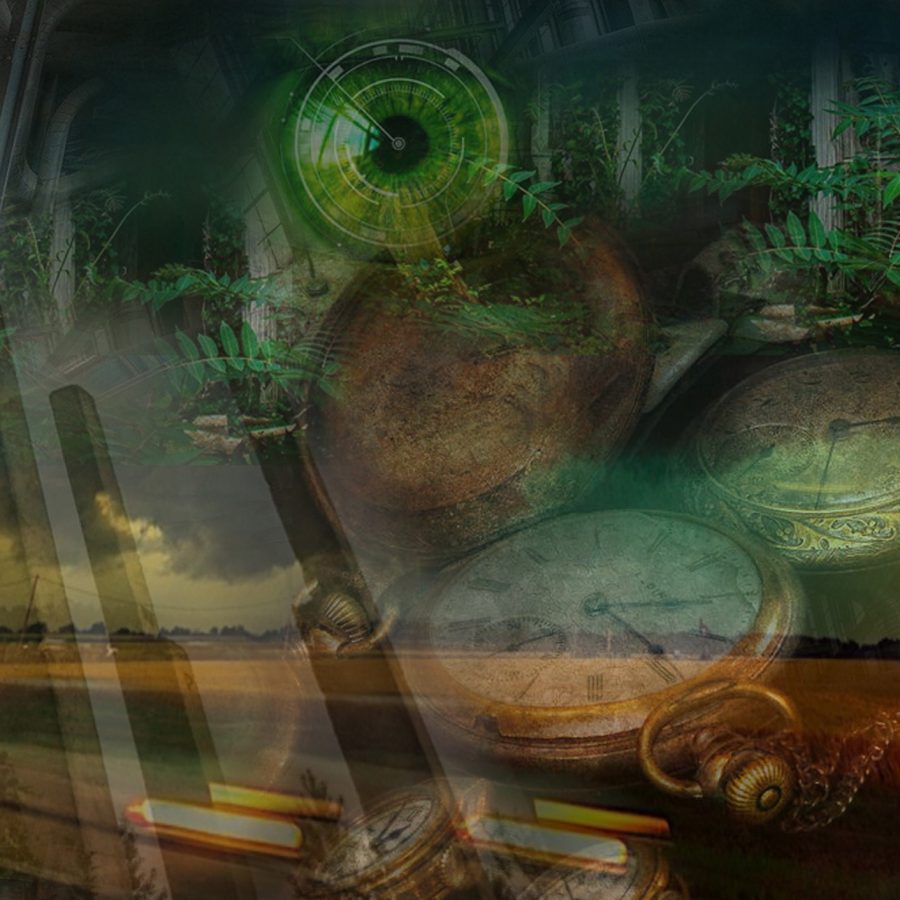
Is any of the work you created at that time still out there to be seen?
Back in the days we were interviewed by a national magazine, ‘Vrij Nederland,’ and as a result asked to submit our zine to the Royal Dutch library. We refused, because anything “Royal” was considered to be the enemy. Some of the works we made got published in a book called “Young- Youth culture and style between 1950- 2000”, and works got exposed in various museums in the Netherlands. Last year I scanned some work which can be seen on my website.
You had to take a long break from creating and creativity due to an illness. Did art help you to get back on your feet and if so how?
In the summer of 2010 I faced some mysterious health problems which intensified over time. As it turned out, an infected tick had been the culprit, and due to a combination of a late diagnosis and inadequate treatment, “Lyme disease” had found its way into the deeper regions of the system – far from the reach of most medication.
After a long period of intensive treatment with strong antibiotics, I still didn’t recover and got declared permantly unfit. As a result, I lost my job as a teacher for children with special needs.
It wasn’t until several years into remission that I got involved in art again. I initiated a crowdfunding “Skateboard artists support Lyme research”, and I co-founded and helped out some surf and snowboard brands with graphic design, marketing and webcontent. Eventually I returned to where it had all started: collagework, sculptures and building follies.


Was collage a medium that spoke to you from the beginning?
Yes, besides the fact you can shape it anyway you like – rough rip and tear along the paper line, or super smooth using a cutting knife – there were no restrictions or limitations. You can literally start from scrap. Create something new out of things which already have been captured. You can add your own imagination and create a story in the way you build it.
Your current work seems to be mostly digital, but I guess you started analogue. When and how did you transition, and what was the process like?
My “punk style” black and white collage works were a kind of “eighties” thing. After that I slowly discovered the options of digital design, exploring various programs that were available at that time. Trial and error. I remember starting off by scanning my hand cut collages and altering the image step by step, playing with size and colour, adding layers and exploring the eraser and clone tool. It took me years to really understand all editing steps related to it. Nowadays I enjoy the forgiveness and endless possibilities of working digitally.
What are some of your favourite digital and non-digital collage methods?
Analoge: The old-school mixed media of rip and tear, cut and paste.
Digital: Scans, transparancy, depth, layers, resize, place and erase, altering colours, clone, aftereffects.


You use artepovera as an alias. Is there any connection to the Italian art movement?
Both in my time as a punk and in art school I was drawn to “messthetic” rawness and the beauty that could be found in the process of decay. Arte Povera artists sought to challenge and disrupt the commercialization of art. Creating something new from the already existing -, “found”, scrap - or costless materials is similar to the process of making collages. It has only given it a kind of 3rd dimension. Installations, buildings, follies, sculptures…
Once I discovered the Arte Povera movement I felt at home: I recognized their visual language as my own. The nomadic buildings from Mario Merz were a big inspiration in my life as a sculptor or “3D artist.” Ever since, I started collecting rusty things, industrial objects and stones. I used them to build large follies in my garden some twenty years ago. Some of these buildings are nowadays about to collapse – so I can start all over again. For me it seemed obvious to use artepovera.nl as a ‘trademark.’
What are your working on currently?
A while ago my collage works were quite dystopian, as a comment on the quite overwhelming current situation. However, I noticed it could be more comforting – and positive – to flee into an imaginary world without the mess we have created.
Any plans for future projects?
Participating in artistic challenges that appeal to me. Making a collection of Arte Povera sculptures for a small exposition. Rebuild collapsed follies … One day at at time.
Sander Kuipers website
Sander Kuipers Instagram
interview: Petra Zehner